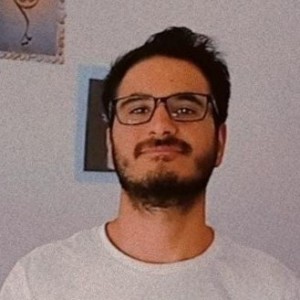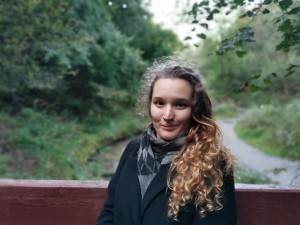On the 22nd of March 2023, as part of the Photonics Seminar Series, we will have the pleasure to have two Skoltech students present their research results: Margarita Chetyrkina and Muneeb Farooq.
When: On the 22nd of March 2023, Wednesday, at 17:00 MSK time
Where: New Campus room E-B2-3007 / BigBlueButton
Margarita Chetyrkina will discuss Carbon nanotubes for biomedical applications.
Margarita Chetyrkina gained her bachelor degree at MSU, biological department. Her MS has taken place at Skoltech, CEST, where she designed biocompatible Organic Field Effect Transistors (OFETs) for application in wearable electronics. Nowadays, Margarita is a 3d year PhD student at the Center of Photonic Science and Engineering, Lab of Nanomaterials (Advisor: Prof. Albert Nasibulin). She is currently working at the interface of nanomaterials and their biomedical applications.
The unique combination of mechanical, optical and electrical properties demonstrated by carbon nanotubes (CNTs) has fostered research for their use in many kinds of applications, including the biomedical field. However, due to a very debatable question about their toxicity when considered as free particles, many researchers are focusing on their use as electrically-conductive substrates for interface with biological objects. In our lab, we, firstly, made an extensive review of the current situation of CNTs toxicity in the form of dispersions and substrates that let us conclude to the safety of substrates and potential biocompatibility and therapeutic effects of tubes in some doses as dispersions. Secondly, we developed a new design of substrates called fibers to culture cells which potentially could be applied as electrodes for electrical signals recording from cells. We 10 times improved electrical properties of the fibers through such approaches as densification, twisting, doping and decoration. Moreover, the tested fibers showed a great optoacoustic signal, which may help to precisely identify electrode location after implantation in alive animals. Based on this, we developed a great calibration grid broadly-applicable for the resolution verification of optoacoustic equipment. Lastly, we constructed a drug-delivery system based on CNTs with cytostatic and anti-inflammatory agents broadly used in cancer therapy.
 Muneeb Farooq will present “Light Emitting Heterostructures: Optimal on-chip Integration“.
Muneeb Farooq will present “Light Emitting Heterostructures: Optimal on-chip Integration“.
Muneeb Farooq is a 2nd year MSc student (Photonics and Quantum Materials) in the Laboratory of Plasmonics under the supervision of Dr. Ivan A. Pshenichnyuk. He has received his bachelor’s degree in electrical engineering. His research interests are in the fields of nano-optics and semiconductor physics.
Photonic integrated light sources that operate in the visible to ultraviolet (UV) spectral regime are required for the miniaturization of photonic systems. The long-standing problem in photonic integrated circuits in this range is the unavailability of on-chip Light sources exhaustively. Since silicon’s bandgap limits light routing capability at shorter wavelengths, silicon nitride (Si3N4) is a good material to realize low-loss integrated photonic circuits in this regime due to a wide bandgap, nearly zero attenuation, CMOS-compatible fabrication, and established commercial foundry processes.
I shall present the numerical simulations showing electrically pumped emissions from InGaN-based heterostructures and coupling the emitted light into an on-chip waveguide. The heterostructure emits at 440 nm, and Si3N4 acts as an on-chip waveguide. By matching the effective refractive indices of the fundamental modes of the emitter layers and the waveguide, an optimal geometry is achieved for the efficient coupling.
